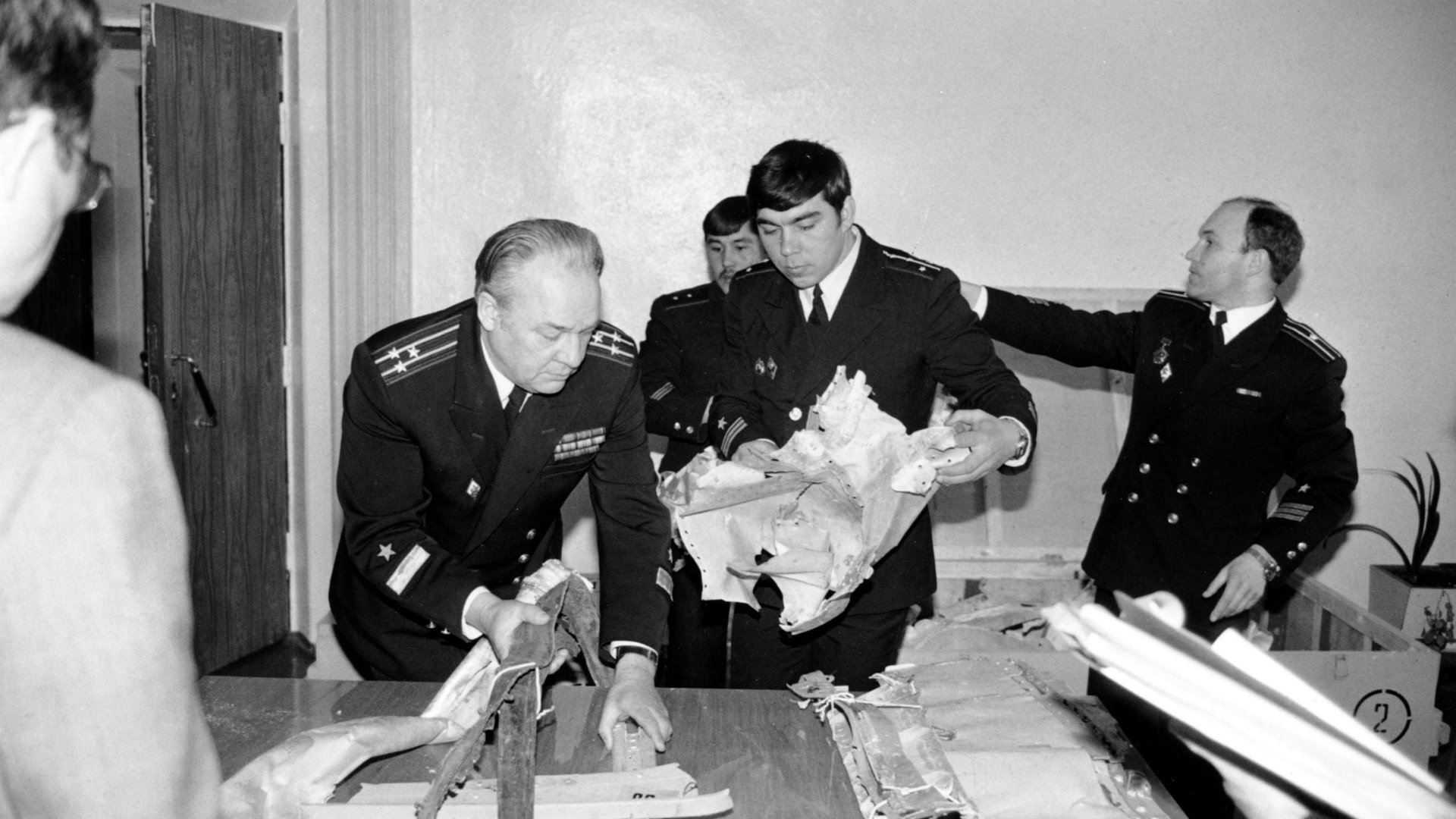Take it from someone who helped trigger one: Beware of conspiracy theories on downed planes
Just a little under 31 years ago, I played a key role in a conspiracy theory that grew up around a passenger plane downed by a Russian missile. Trust me, I did not mean to be involved.


Just a little under 31 years ago, I played a key role in a conspiracy theory that grew up around a passenger plane downed by a Russian missile. Trust me, I did not mean to be involved.
On September 1, 1983, Korean Airlines flight 007, a Boeing 747 with 269 passengers, was shot down over the Sea of Japan. At about 6am that morning, I arrived at my summer job at the American Embassy in Tokyo where my task was usually to start up the computer which had been turned off over night. But on this morning, I realized the system was already engaged and that a surprisingly large number of workstations had been left on over night. While rare, I had seen this pattern before when a Washington deadline for information was looming.
Not long after I arrived in my office, I received a call from a secretary in the Agriculture Department who liked to play a computer game before her workday started. Her favorite game had a bug that regularly froze her workstation. This was the “bad old days” of computers and the only way to reset her station was from my central console.
On this day, I highlighted her workstation and hit the F6 key to reset. But my screen went temporarily black and then seemed to be starting again. I realized that I had mistakenly hit F7 and reset all the workstations in the embassy. This realization didn’t bother me much, because no one except the Agriculture section secretary was usually on the computer system this early in the morning.
But then all hell broke lose.
My boss, a Japanese computer engineer named Itoh, poked his head in the door. This was a shock because I had never seen Mr. Itoh before 10 am ever. My job was to come in early and leave early and he arrived late and stayed late to shut down the system each night. He asked me what had happened. I told him I had shut down the system by mistake. He shook his head and ran down the hall.
Next, the head administrator, who I had only seen once in the computer room, walked in. He asked where Mr. Itoh was. I pointed down the hall. And he ran that direction as well.
More than an hour later, the administrative director returned to my office to explain what had happened. He told me about the Korean Airline disaster and that no one really knew what was going on, but that most of the information available was coming in from Japanese sources—first from Japanese fishing ships in the area and later from Japanese defense forces who were being dispatched to look for debris. A team of translators and US diplomats had been readying the first report for president Ronald Reagan at the time I turned off the computer systems. As this was a very early computer with limited backup capability, hours of work of dozens of experts had been lost when I inadvertently closed down the computer.
I, naturally, felt terrible and was, appropriately, fired.
It was only weeks later that I began to comprehend the effects of this single keystroke mistake. President Reagan was criticized in the press for his administration’s delayed announcement of the tragedy. But more troublesome, the reports that were being compiled in the US Embassy at the time of my error were meant to be shared with the South Korean government. As the team in Tokyo went back to rewriting the report—with clear evidence that the plane had been downed in the Sea of Japan—the South Korean government, working from flawed data, announced that the airliner had simply been forced to land in Russian territory and that all passengers and crew were safe.
That Korean announcement and the slow response by the US president—both caused by delayed real information—caused decades of conspiracy theories. Until the fall of the Soviet Union in the early 1990s, many Koreans clung to the hope that their loved ones were still alive and well in some Siberian prison camp.
So this week, in the face of a Malaysian Airline crash in the Ukraine—and with all the associated speculation of 24-hour news organizations and the tweetosphere, my advice is to take a deep breath, count to 10, and know that there is a very good chance that truth in the matter will be forthcoming very soon. And let’s hope that there is no stupid 23-year-old with his finger on an important keyboard in this information chain.